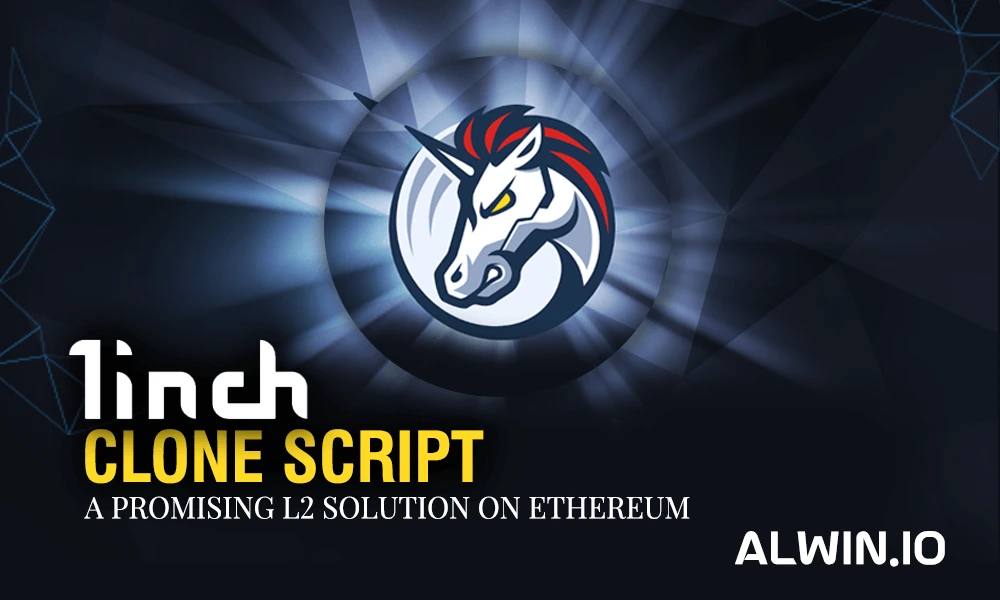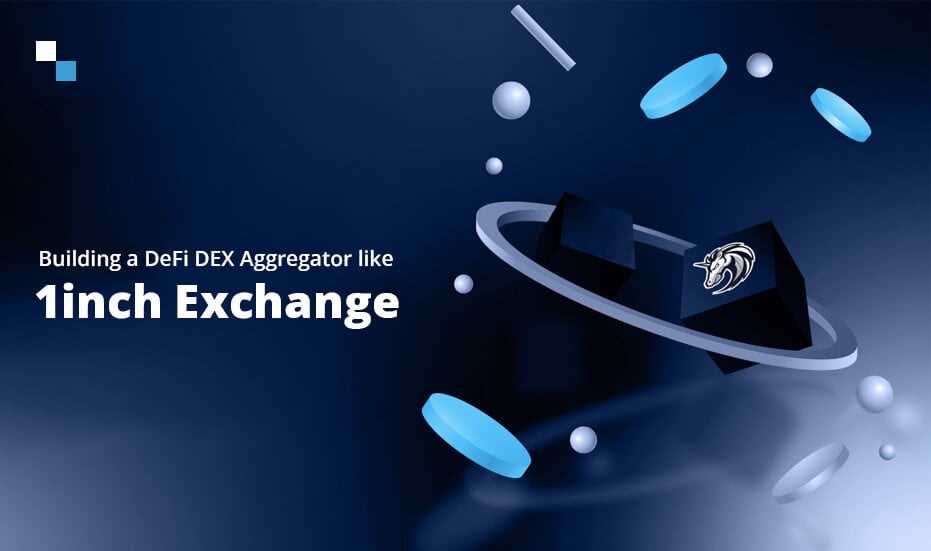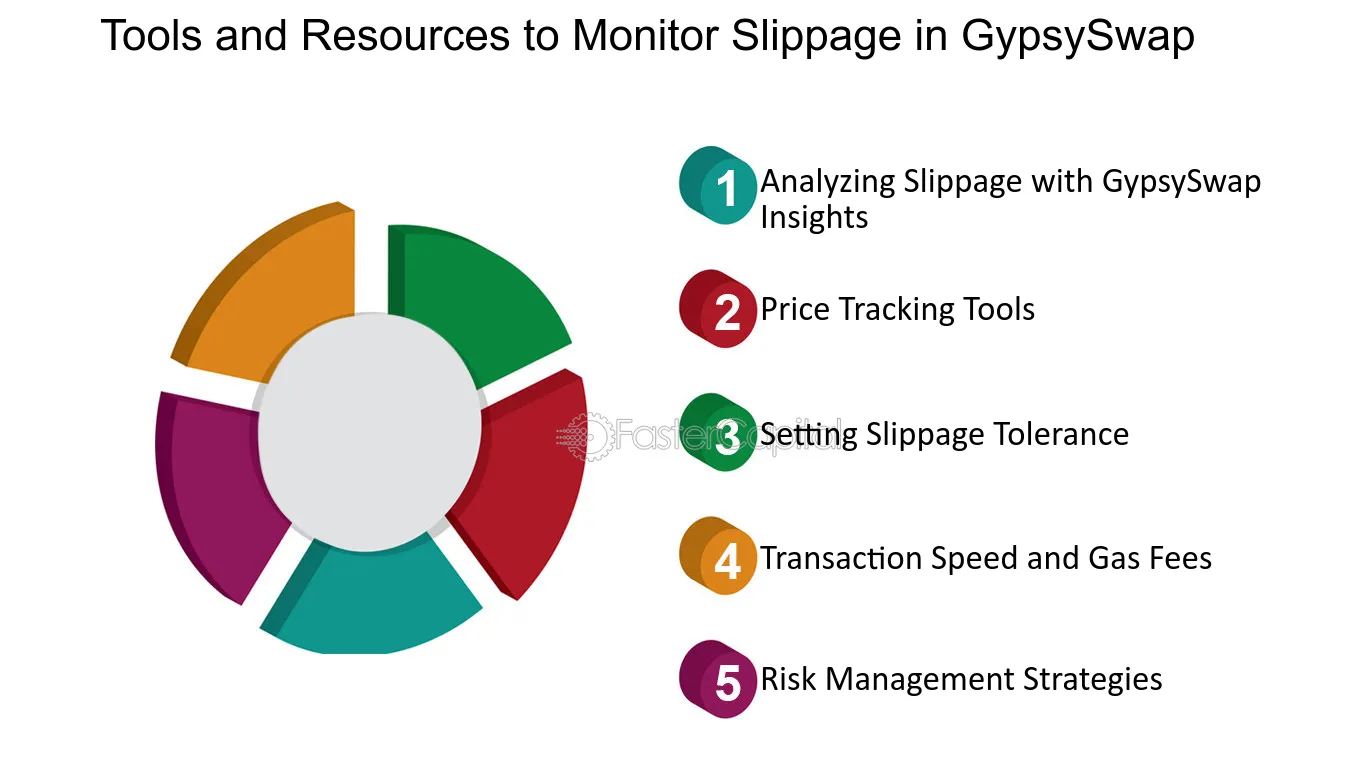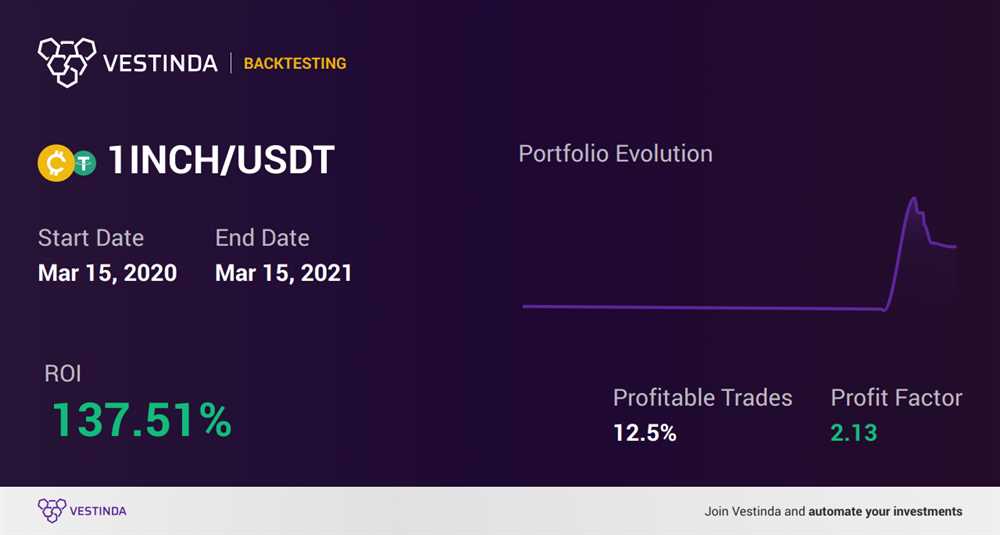
Slippage can be a major concern for traders in the decentralized finance (DeFi) space. When trading on decentralized exchanges (DEXs), such as Uniswap, slippage refers to the difference between the expected price of a trade and the executed price. This can lead to unexpected losses if the slippage is high.
1inch.exchange is a DeFi aggregator that aims to minimize slippage and reduce the associated risks. It achieves this by splitting trades across multiple DEXs and liquidity sources, ensuring that traders get the best possible price for their tokens.
By combining the liquidity from different exchanges, 1inch.exchange is able to provide users with access to a larger pool of tokens and better pricing options. This not only reduces slippage but also improves overall trading efficiency. The platform scans multiple DEXs and liquidity sources in real-time to find the best prices and execute trades accordingly.
In addition to minimizing slippage, 1inch.exchange also offers various features to further mitigate the risks involved in decentralized trading. These include smart contract audits, integration with popular hardware wallets, and a user-friendly interface that provides detailed information about each trade.
Overall, 1inch.exchange’s approach to managing slippage and reducing risk sets it apart as a reliable and efficient DeFi aggregator. By optimizing trades across multiple DEXs and implementing safety measures, it ensures that traders can execute their transactions with minimal slippage and maximum confidence.
What is 1inch.exchange?
1inch.exchange is a decentralized exchange aggregator that sources liquidity from various exchanges to provide users with the best possible trading rates. Unlike traditional exchanges, 1inch.exchange does not require users to place orders directly on multiple platforms. Instead, users can trade their assets on 1inch.exchange, which automatically splits the trade across multiple decentralized exchanges to ensure the best prices and minimized slippage.
1inch.exchange operates on the Ethereum blockchain and is known for its efficient and user-friendly interface. It provides users with a simplified trading experience by automatically routing orders to different exchanges in search of the best available rates. This process is powered by an algorithm that takes into account factors such as liquidity, trading volume, and fees.
By aggregating liquidity from multiple exchanges, 1inch.exchange is able to provide users with access to a wider pool of trading options. This not only improves liquidity but also reduces the risk of encountering low volume or illiquid markets. Additionally, by splitting orders across multiple exchanges, 1inch.exchange minimizes the impact of slippage, which can significantly affect the final execution price of a trade.
In summary, 1inch.exchange is a decentralized exchange aggregator that sources liquidity from various exchanges to provide users with the best possible trading rates and minimize slippage. Its efficient and user-friendly interface, combined with its ability to access a wider pool of trading options, makes it an attractive platform for traders looking to optimize their trading strategies and minimize risk.
Understanding Slippage in Decentralized Exchanges

In decentralized exchanges, like 1inch.exchange, slippage is an important concept to understand. Slippage refers to the difference between the expected price of a trade and the actual executed price.
How Slippage Occurs

Slippage can occur due to several factors:
- Liquidity: If there is low liquidity in a trading pair, it can lead to larger slippage as there may not be enough buy or sell orders to execute the desired trade at the expected price.
- Market volatility: Sudden price movements in the market can also cause slippage. If the price changes rapidly between the time of placing an order and its execution, the actual executed price may differ significantly from the expected price.
- Order size: Larger orders can cause more slippage as they require matching with multiple liquidity providers. The larger the order size, the higher the chance of encountering insufficient liquidity at desired prices.
Calculating Slippage
Slippage can be calculated using the following formula:
Slippage = (Actual executed price – Expected price) / Expected price
The result is expressed as a percentage, representing the deviation from the expected price.
Managing Slippage with 1inch.exchange
1inch.exchange tackles the issue of slippage by splitting larger orders into smaller ones and executing them across multiple liquidity sources. This approach helps to reduce the impacts of slippage and minimize the difference between the expected and executed prices.
Additionally, 1inch.exchange utilizes an algorithm that scans multiple decentralized exchanges to find the best available prices for a trade. By aggregating liquidity from various sources, 1inch.exchange maximizes the chances of finding optimal prices and reducing slippage.
In conclusion, understanding and managing slippage is crucial in decentralized exchanges. It helps traders anticipate potential price discrepancies and take necessary precautions to minimize risks.
The Importance of Managing Slippage

Slippage is a common issue in decentralized exchanges that can lead to higher costs and increased risks for traders. Slippage occurs when the price of a token changes between the time a trade is initiated and the time it is executed.
Managing slippage is important because it allows traders to have more control over their trades and reduce the risks associated with price volatility. By setting a slippage tolerance, traders can ensure that their trades are executed within a certain price range. This helps to avoid unexpected losses and ensures that traders get the best possible price for their trades.
1inch.exchange offers a slippage management feature that allows traders to set their desired slippage tolerance. This feature helps to protect traders from excessive price movements and reduces the risk of executing trades at unfavorable prices.
By effectively managing slippage, traders can minimize their exposure to market fluctuations and make more informed trading decisions. This is especially important in volatile markets where prices can change rapidly.
In conclusion, managing slippage is crucial for traders to reduce risks and optimize their trading strategies. 1inch.exchange’s slippage management feature provides traders with the tools they need to execute trades more effectively and protect themselves from unfavorable price movements.
How 1inch.exchange Reduces Risk

1inch.exchange is a decentralized exchange aggregator that helps users find the best trading rates across various decentralized exchanges (DEXs). In addition to offering competitive rates, 1inch.exchange also aims to reduce the risk of slippage for its users.
Slippage and its Risks

Slippage refers to the difference between the expected price of a trade and the price at which the trade is actually executed. In a decentralized exchange, slippage can occur due to the inherent nature of the market, where liquidity may be spread across multiple DEXs. This can lead to price discrepancies and unpredictable execution prices, resulting in increased risk for traders.
For example, if a trader wants to buy a specific token at a certain price, there is a chance that the trade will be executed at a higher price due to slippage. This can result in the trader paying more than expected, leading to financial loss. Slippage can also occur when selling tokens, resulting in lower than expected proceeds.
How 1inch.exchange Manages Slippage

1inch.exchange employs several strategies to minimize slippage and reduce the associated risks for its users:
- Aggregation: The platform aggregates liquidity from multiple DEXs, ensuring that users have access to the best rates available. By sourcing liquidity from various sources, 1inch.exchange can optimize trade execution to minimize slippage.
- Optimization Algorithm: 1inch.exchange utilizes complex algorithms to determine the optimal trading path for each transaction. The algorithm considers factors such as liquidity, trading volume, and price volatility to achieve the best execution price for users.
- Gas Cost Optimization: The platform also takes into account gas costs, which refer to the fees required for transactions on the Ethereum network. By optimizing gas costs, 1inch.exchange aims to further enhance the trading experience for its users.
- Transaction Splitting: 1inch.exchange splits larger transactions into smaller ones to minimize the impact of slippage. By breaking up a large trade, the platform can execute the transaction across multiple DEXs at different price levels, reducing the overall slippage.
These strategies implemented by 1inch.exchange help mitigate the risks associated with slippage, providing users with a safer and more reliable trading experience in the decentralized finance (DeFi) space.
Question-answer:
What is 1inch.exchange?
1inch.exchange is a decentralized exchange aggregator that sources liquidity from various decentralized exchanges, allowing users to find the best possible trading options and prices across these platforms.
How does 1inch.exchange manage slippage?
1inch.exchange manages slippage by splitting the user’s trading transaction into multiple smaller orders across various decentralized exchanges. This helps to minimize the impact of slippage and ensure the user gets the best price possible.
What is slippage?
Slippage refers to the difference between the expected price of a trade and the price at which the trade is actually executed. In decentralized exchanges, slippage can occur due to the decentralized nature of the market, where prices can change rapidly.
How does 1inch.exchange reduce risk?
1inch.exchange reduces risk by intelligently managing slippage and sourcing liquidity from multiple decentralized exchanges. By spreading the user’s trading transaction across different platforms and splitting it into smaller orders, 1inch.exchange minimizes the impact of slippage and provides users with the best possible trading options and prices.